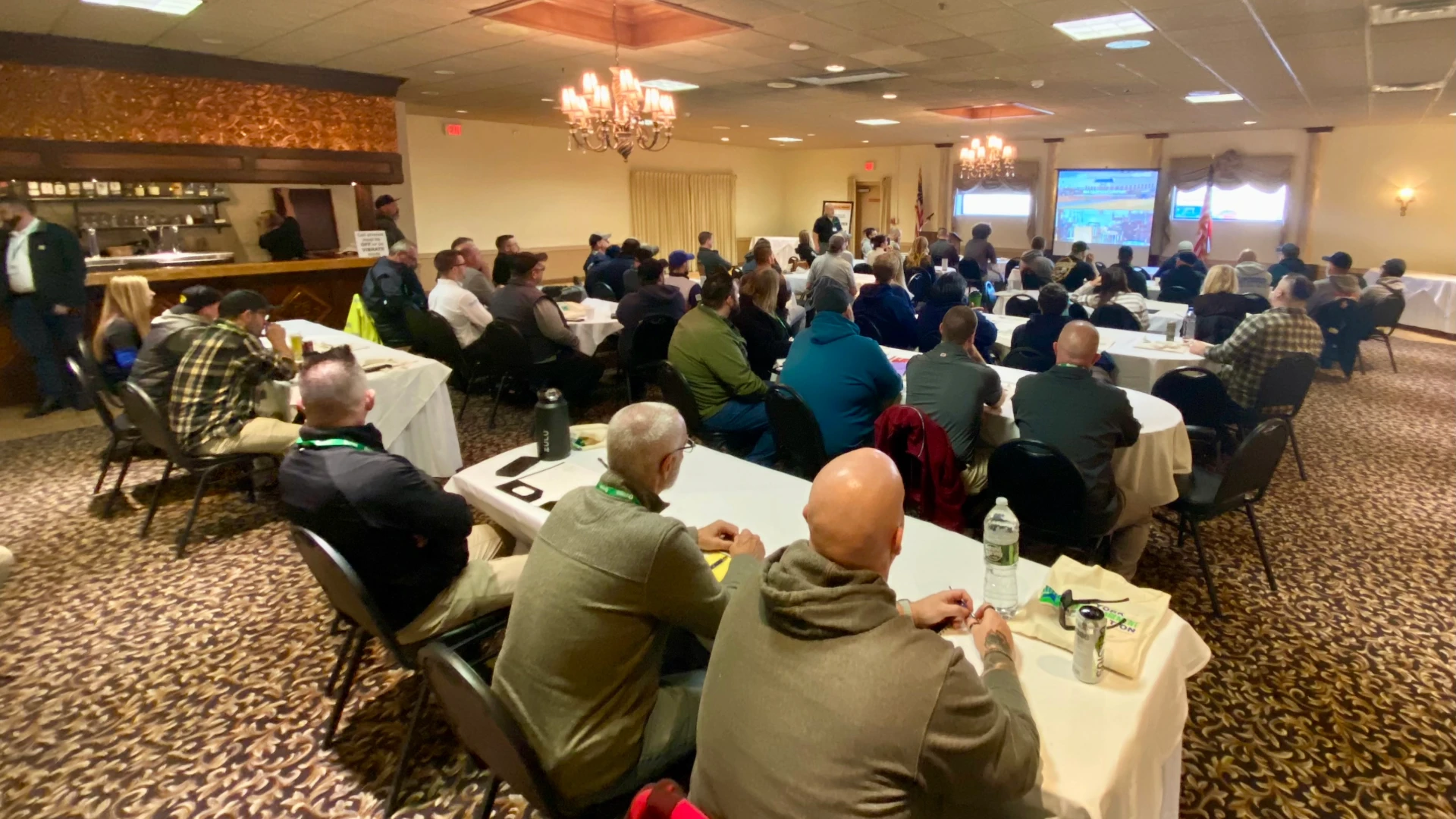Here’s a quick rundown of the types of pests you’re likely to see in kitchen settings:
Cockroaches
Types: German (by far the most prevalent), American, Oriental
What attracts them: Food debris, grease, moisture, clutter (especially cardboard), heat
How they access the kitchen: Hitchhiking on deliveries or crawling through cracks, crevices and holes from adjoining areas or from outdoors on warm summer nights; (American and Oriental) storm drains, utility tunnels and steam tunnels; (American) sewage systems
How to treat them: Sanitation plus an integrated program including vacuuming, baits (possibly in conjunction with IGRs), dusts, aerosols and water-based residuals
Small Flies
Types: Phorid (humpbacked), vinegar and drain (moth) flies, fungus gnats
What attracts them: Grease, grime, moisture, organic matter
How they access the kitchen: Through sewage and drain pipes, cracks in the slab or flooring, on produce, or in from the outside
How to treat them: Locate and eliminate the breeding site. Prevent their return through sanitation of drains, equipment and trash cans/dumpsters; application of microbial foams, gels, liquids or sprays (sometimes in combination with IGRs); insecticides labeled for kitchen use
Rodents
Types: House mice, Norway rats, roof rats (commercial)
What attracts them: Food, harborage
How they access the kitchen: Through holes or gaps in foundations, walls, floors, windows and dropped ceilings
How to treat them: Seal entry points, set traps inside (prebaiting is recommended) and rodenticide baits outside
Ants
Types: Odorous house, pavement and Argentine ants, plus regional species
What attracts them: Food, moisture, grease
How they access the kitchen: Trailing through even the tiniest openings from outdoors or nests situated in wall voids
How to treat them: Find and seal entry points, spray outside foundation, use baits indoors/outdoors
Stored Product (Pantry) Pests
Types: Moths and beetles such as saw-toothed grain beetles, Indian meal moths and rice weevils
What attracts them: Dry pantry and pet foods
How they access the kitchen: Hitchhiking on packages of food brought into the kitchen or flying into open windows and doors, usually found in oldest and least-used products
How to treat them: Eliminate the food source(s) responsible for the infestation, clean the pantry/cabinet, treat cracks and crevices with insecticides labeled for kitchen use
Latest from Pest Control Technology
- Podcast: Voice for Pest's AI-Powered Solutions
- PCOs Share Advice for Those Entering the Wildlife Control Market
- Listening for the Right 'Buzz' Keeps Mosquitoes from Mating with Wrong Species, Research Finds
- Xcluder Adds X-Plate to Line of Products
- Northwest Exterminating Acquires Gilstrap Exterminating
- Tracking Rats in Crawlspaces
- Process of Elimination During Fly Inspections
- Cascade Pest Owner Treftz Encourages Continued Education Through ESA’s A.C.E. Program





